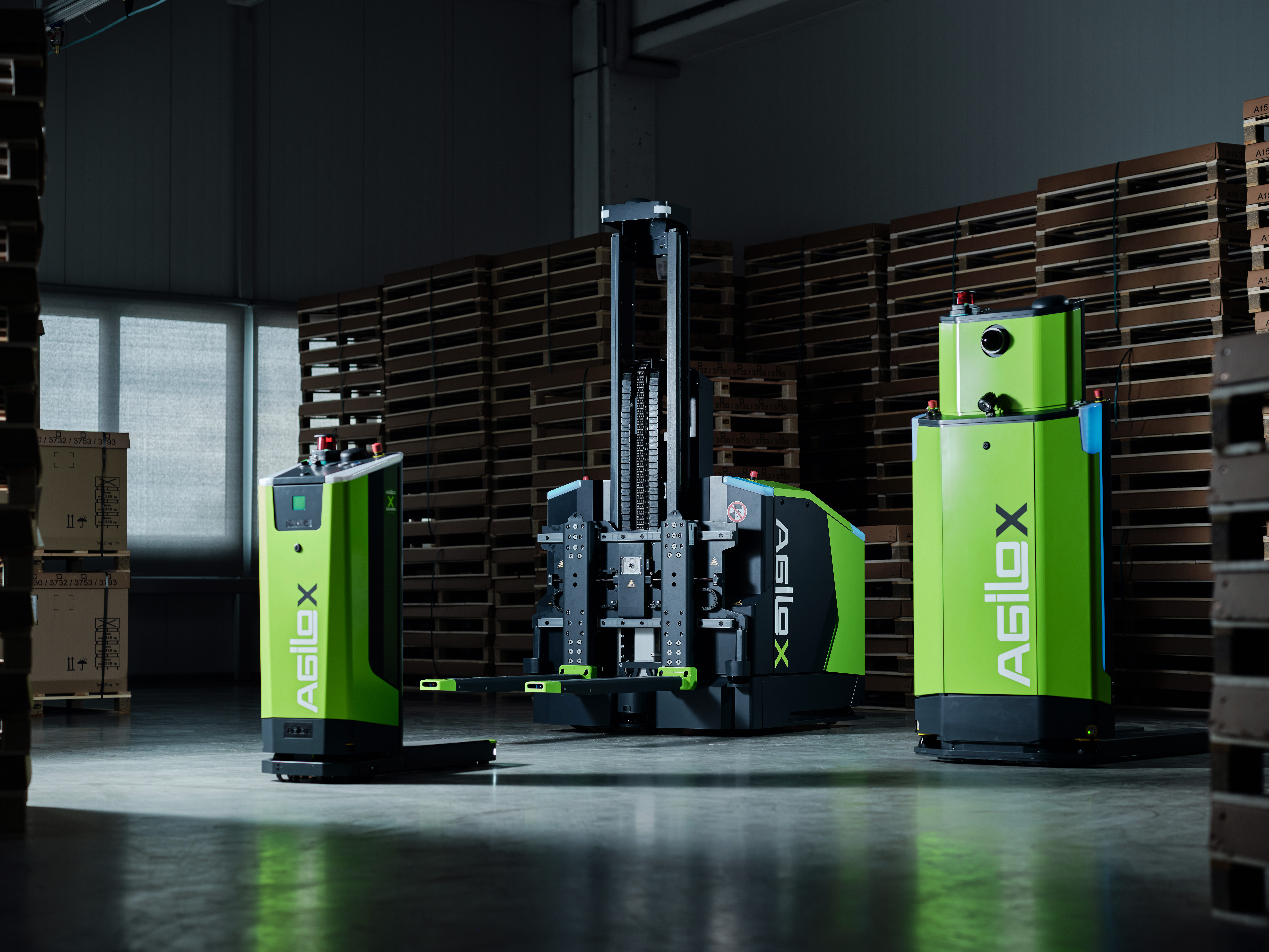As we all know, fluctuation is a completely natural process from a business perspective. It's also a fact that some areas of your operation - such as warehouse logistics - are more affected by it than others. Nevertheless, high fluctuation rates are unpleasant and have a negative impact on efficiency and costs.
In the following, you will find a compact summary of how automation can effectively contribute to sustainably minimizing fluctuation in the area of intra- and transport logistics.
Before that, here's some exclusive information for you: If you are generally looking for basic information and answers on how to get started with the topic of "Automation in intralogistics", you should also consider the free whitepaper.
There you will learn about the immediate positive effects of intralogistics automation on significantly increasing safety standards, increasing efficiency, minimizing costs and flexibility in case of changes to production lines - without having to do any extensive research yourself.
The free whitepaper is available for you to download here.
Now back to the positive impact of automation solutions on attrition:
Fluctuation as a risk-related phenomenon
In intra- and transport logistics, the reasons for higher turnover rates are mostly physical and mental.
Potentially dangerous as well as physically heavy work with an elevated risk of accident or injury represents a strain for all logistics workers in both physical and mental terms, leading to frequent sick leave and fluctuations within the workforce. In addition, the jobs concerned are increasingly perceived as unattractive.
Fluctuation as a business problem
High fluctuation rates and the loss of attractiveness as an employer are therefore also accompanied by business management problems, such as
- Increasing costs for bridging, recruiting, and training new employees’ workforce
- Loss of know-how due to the leave of long-term key employees
- Productivity losses due to a lack of motivation and identification with the company
- Difficulties in filling vacancies in the longer term
Automation as a solution to fluctuation
Automation also proves to be a predestined solution regarding fluctuation because it addresses all critical points simultaneously. By relieving - not replacing(!) - your employees by means of automated and autonomous transport systems - which now take over the execution of potentially dangerous as well as physically heavy work processes - operational safety increases by a significant value. In addition, you can use the freed-up employees in positions with significantly higher added value by retraining them. Also, automated and autonomous logistics systems reduce production costs, thus securing jobs in the long term. And because of the increased attractiveness as an employer, you can easily fill any vacancies with experienced specialists.
As you can see, automation scores in terms of fluctuation as a solution by increasing operational reliability.
As mentioned above, you can learn about the other levels on which automation in intralogistics has a direct and lasting positive impact in the free whitepaper mentioned above.



